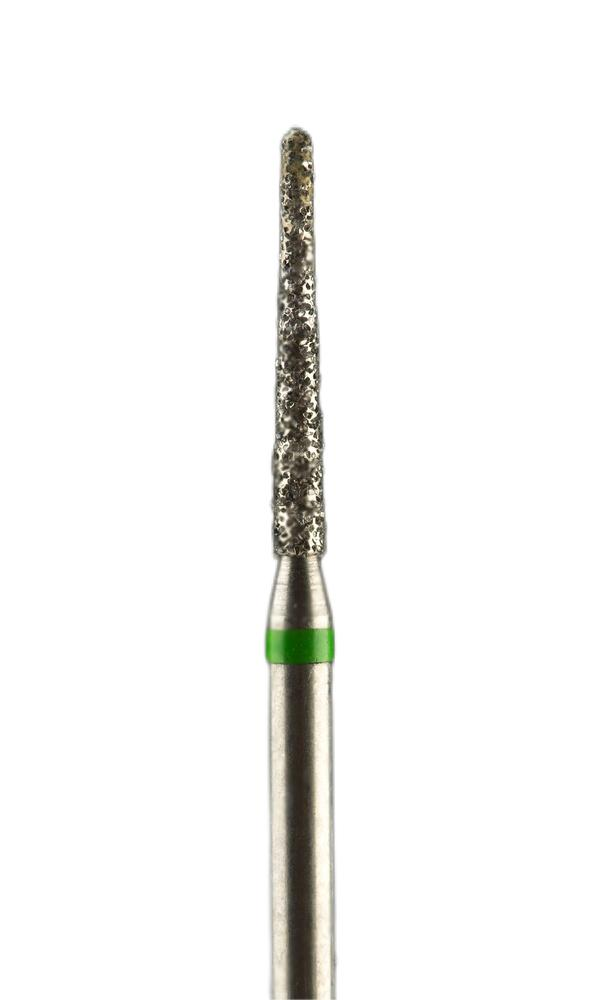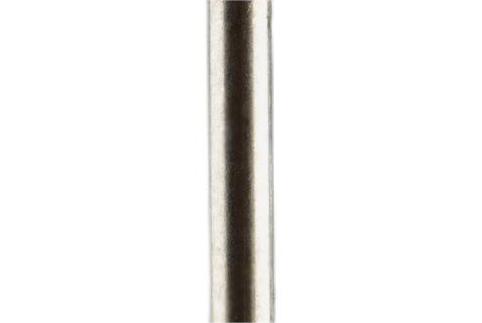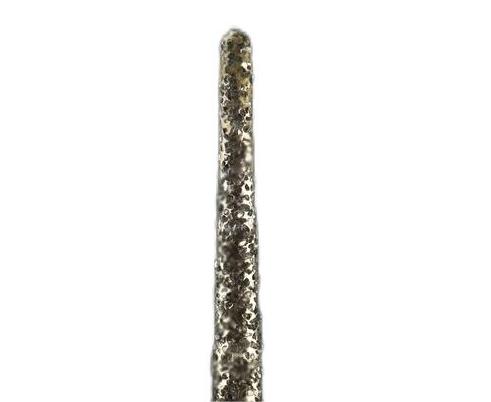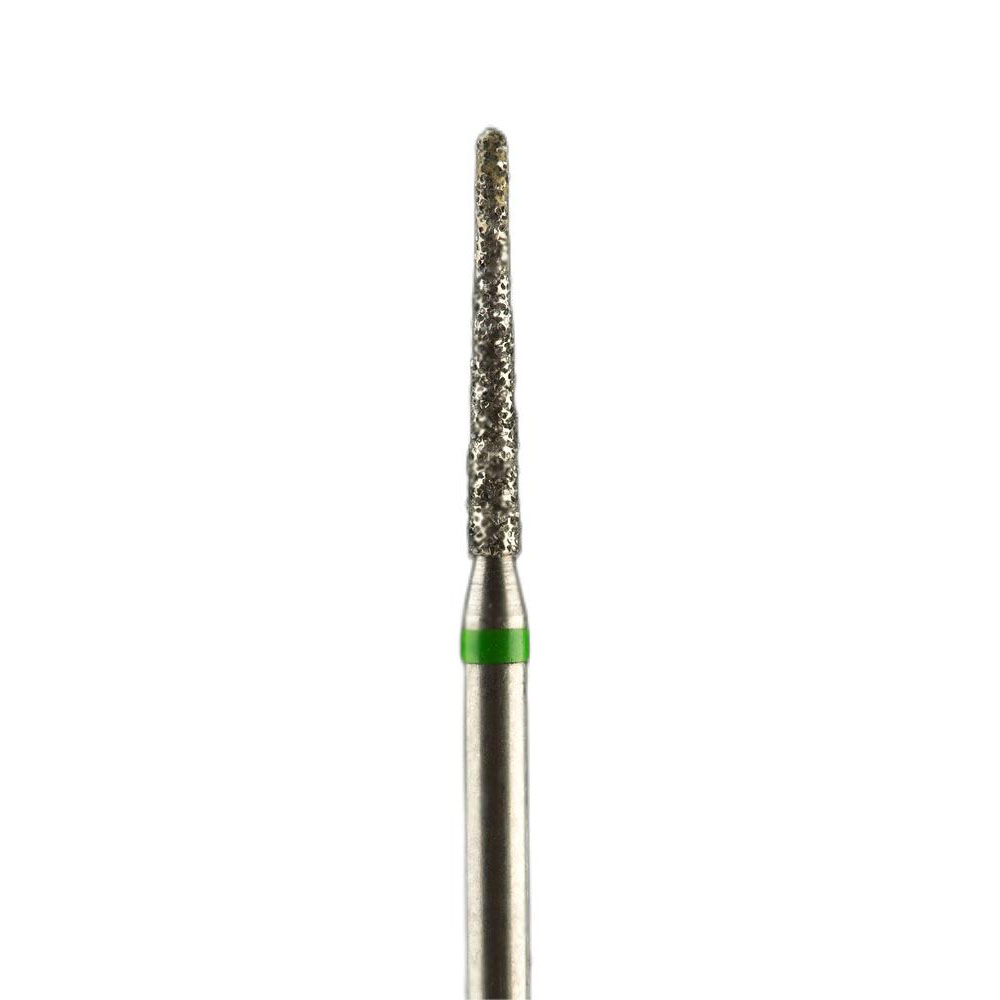Diamond burs may not be the most glamorous tool in dentistry, but they sure are important. These little workhorses are responsible for shaping and smoothing teeth, preparing cavities, and even cutting through bone during oral surgery. But have you ever stopped to consider the anatomy of a diamond bur and how it affects its performance? Let's take a closer look in this blog.
First, let's talk about the different parts of a diamond bur.
A typical bur consists of three main parts: the shank, the neck, and the head. The shank is like the bur's backbone – it's the long, straight part that attaches to the handpiece. The neck is the tapered section that connects the shank to the head, while the head is the part that does the actual cutting.

Now, let's get into how each part affects the bur's performance.
The shank may not seem like a big deal, but its length and diameter can affect the bur's stability and control. A longer shank can provide more leverage, while a thicker shank can be more stable.

The neck is where things start to get interesting. Its length and angle can affect the bur's ability to access tight spaces and create precise cuts. A longer neck can be useful for reaching difficult areas, while a shorter neck can provide more control.

Finally, we have the head, which is where the diamond particles are bonded to the bur. The shape and size of the head can affect the bur's cutting ability and efficiency. For example, a larger head may be able to remove more material quickly, while a smaller head may be better suited for precise cuts.

So, why does all of this matter? Well, understanding the anatomy of a diamond bur can help you select the right bur for the job at hand. Different procedures may require different shank lengths, neck angles, and head shapes, so it's important to choose the right bur to achieve the desired results.
In conclusion, the anatomy of a diamond bur may not be the most exciting topic, but it's important to understand how each part affects the bur's performance. By selecting the right bur for the job, dental professionals can ensure the best possible outcomes for their patients. And let's face it, who doesn't love a perfectly shaped tooth?



